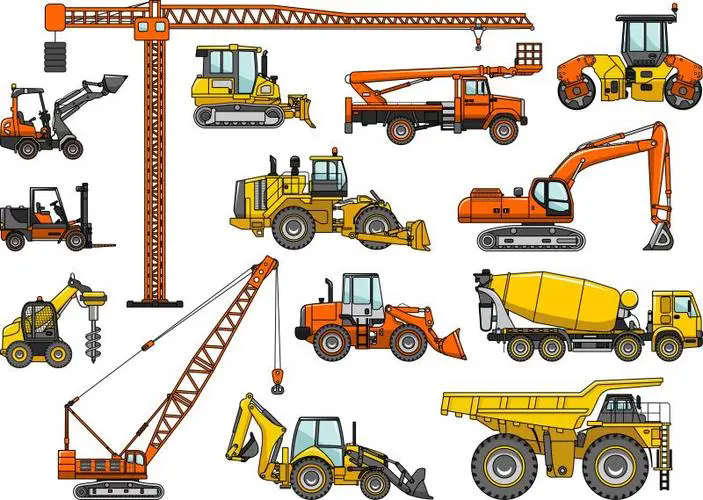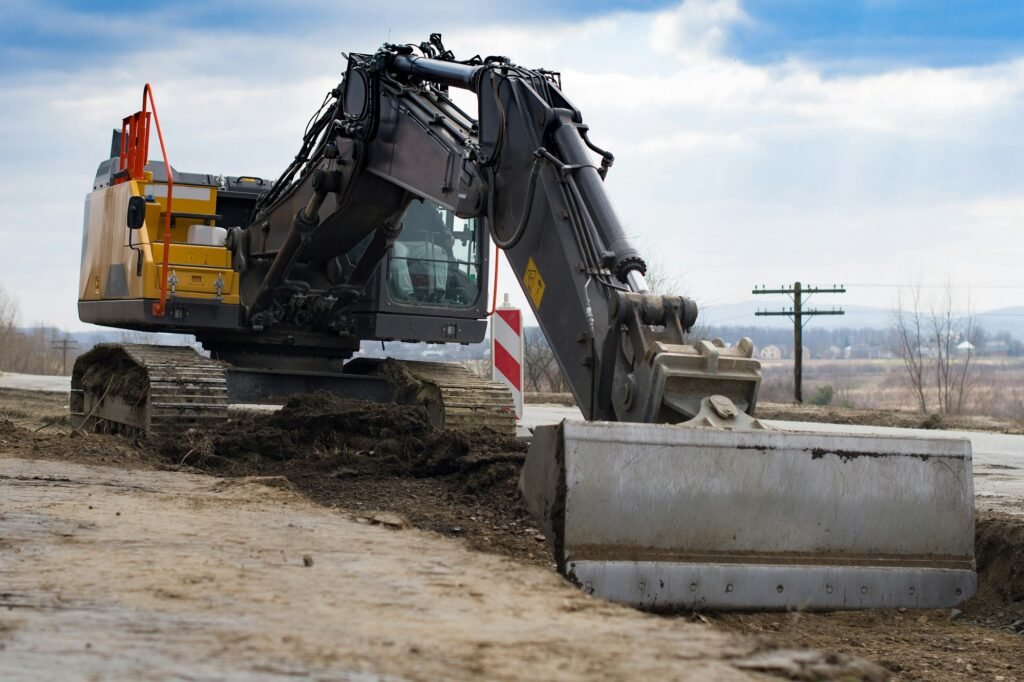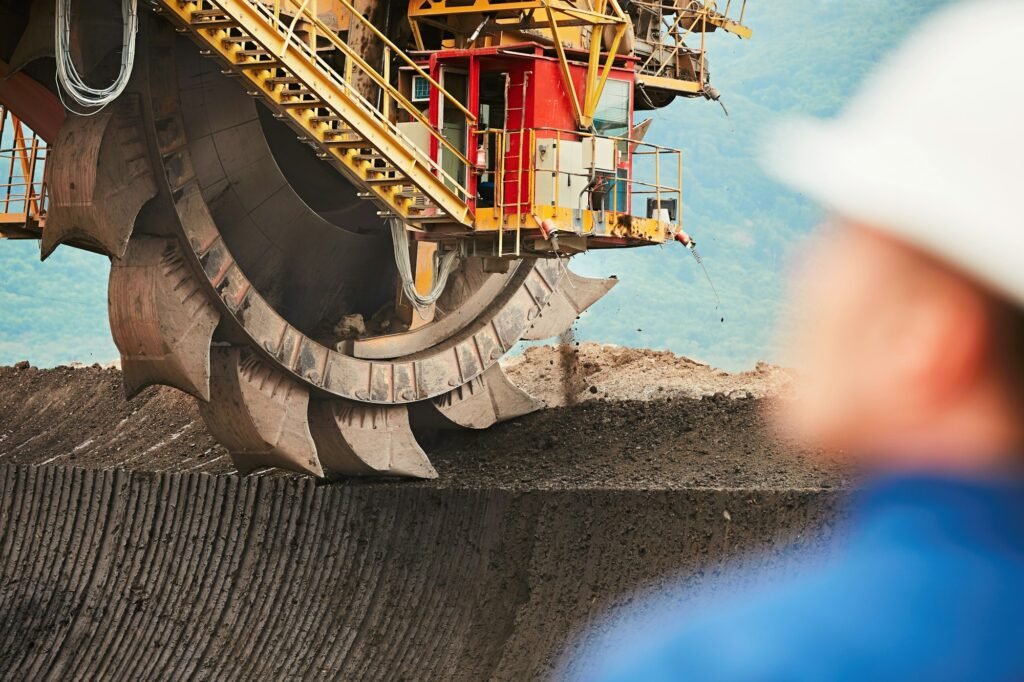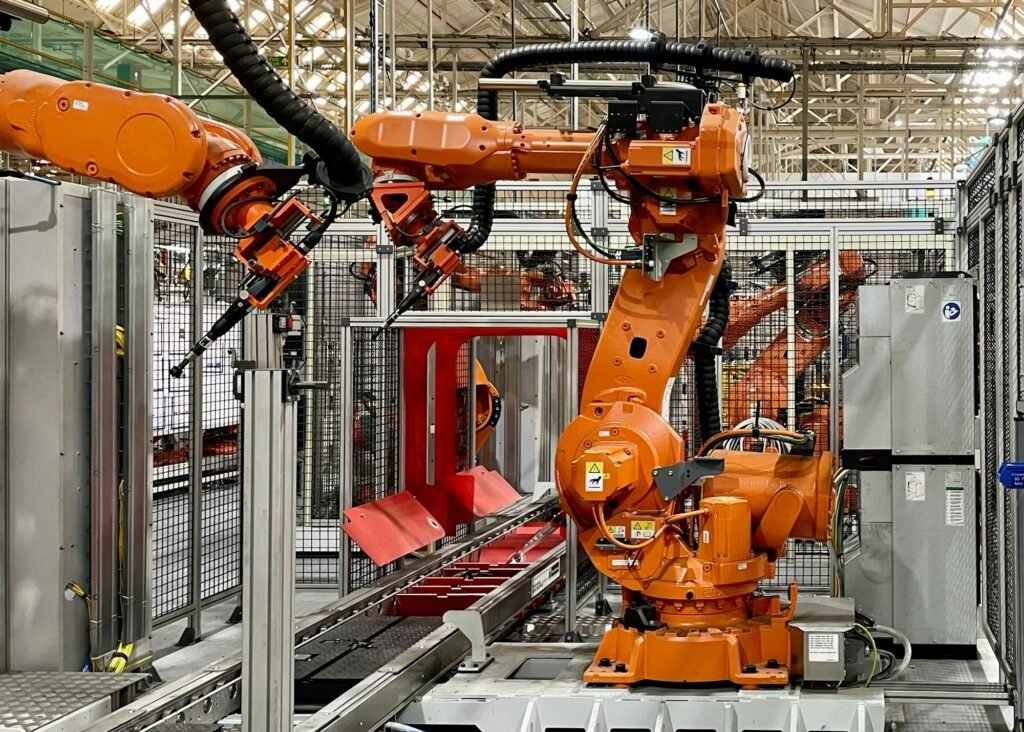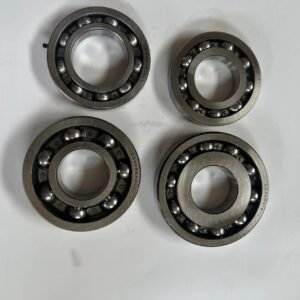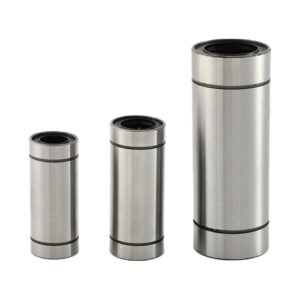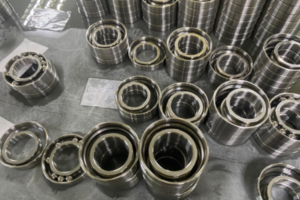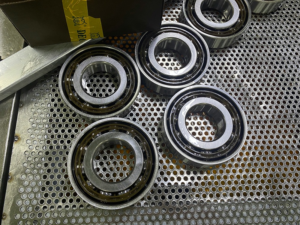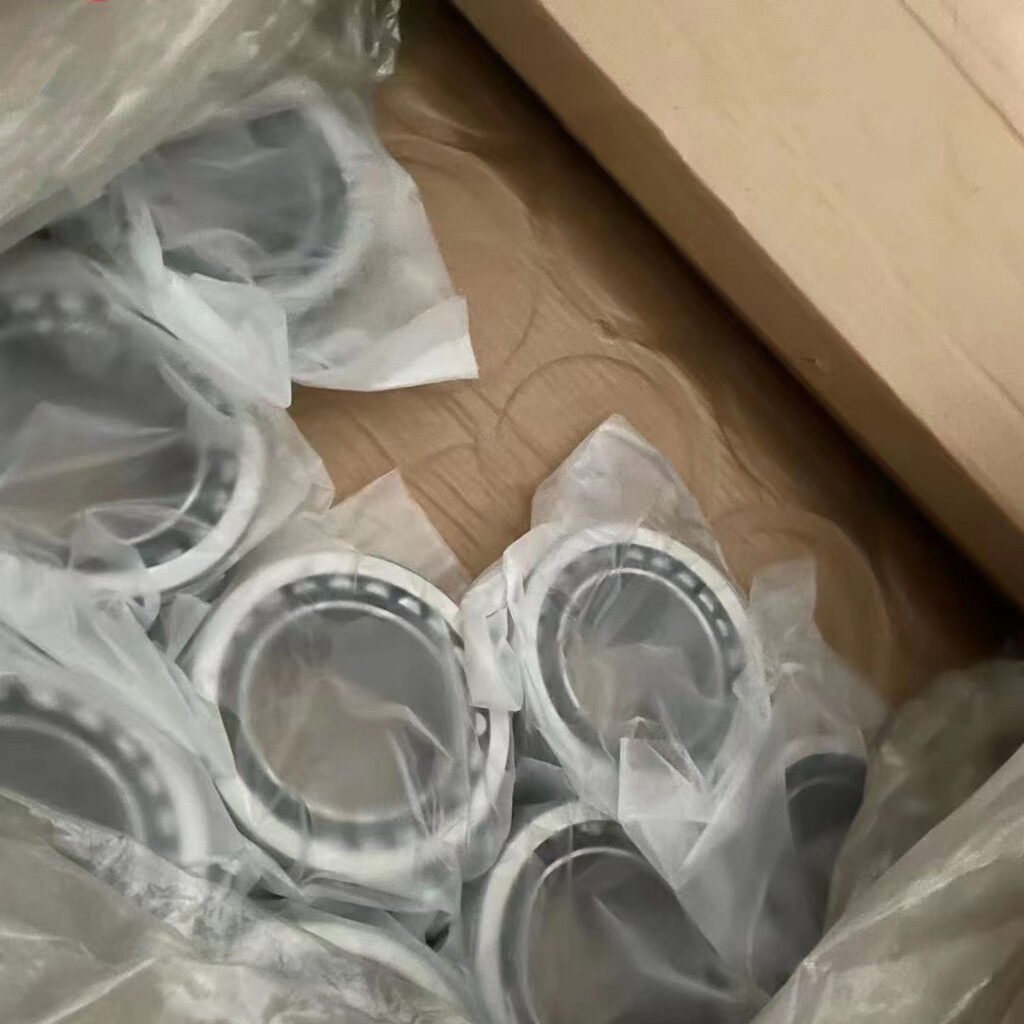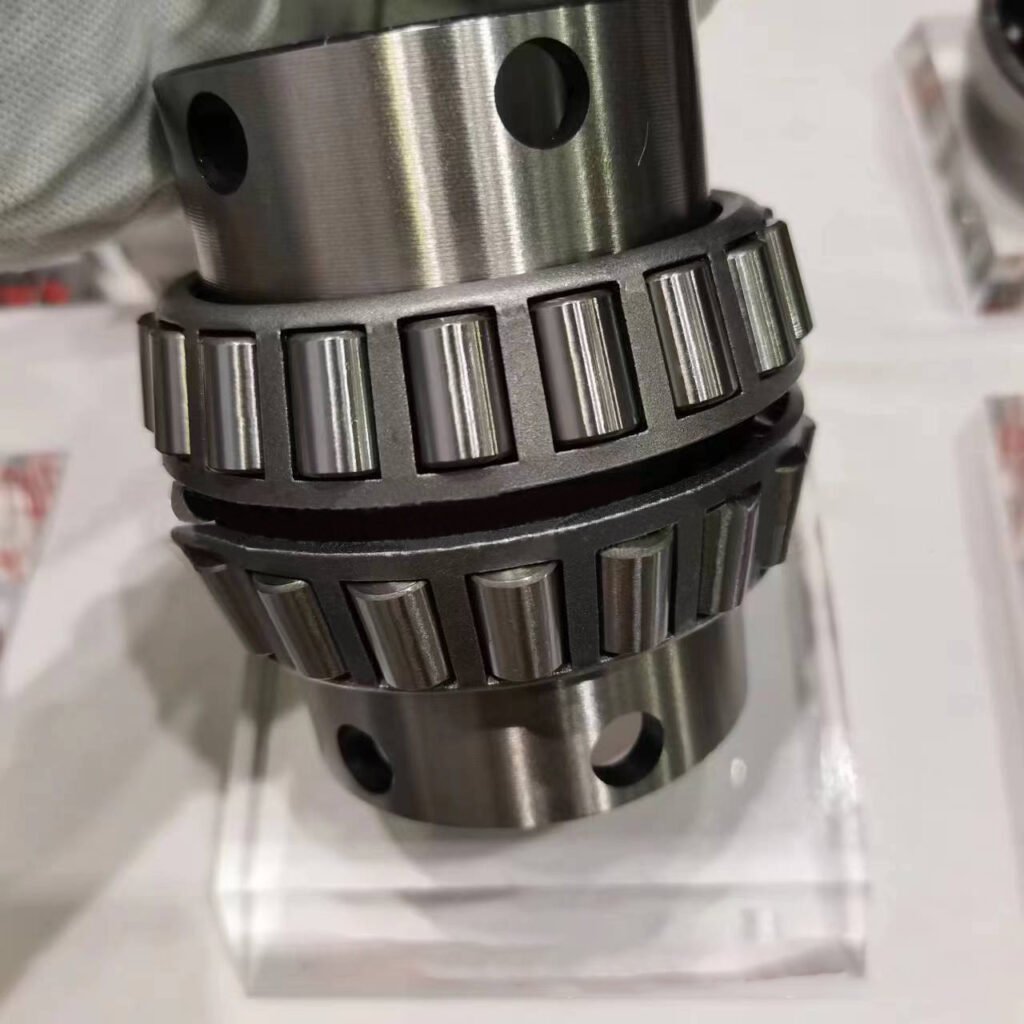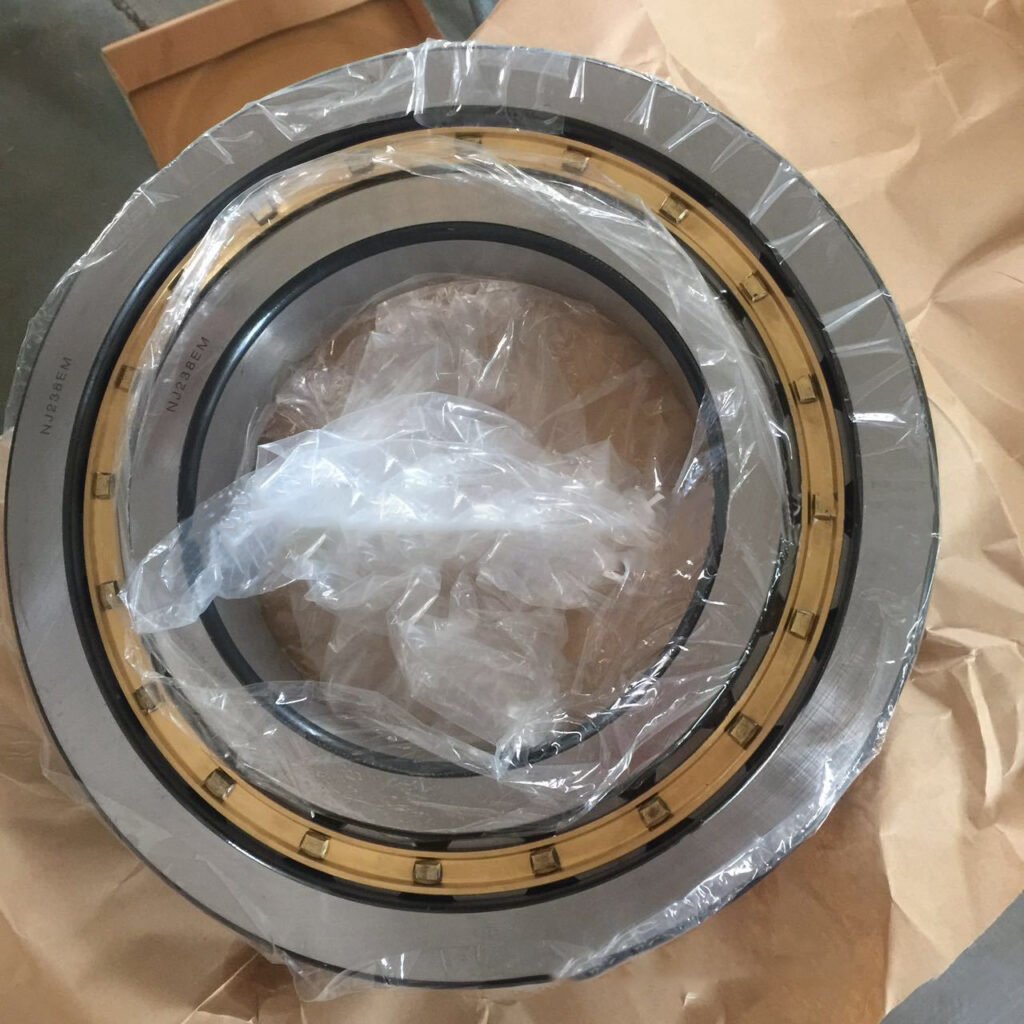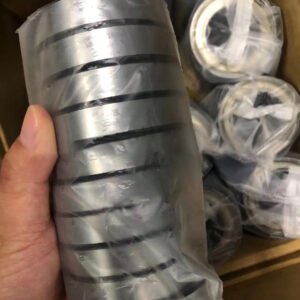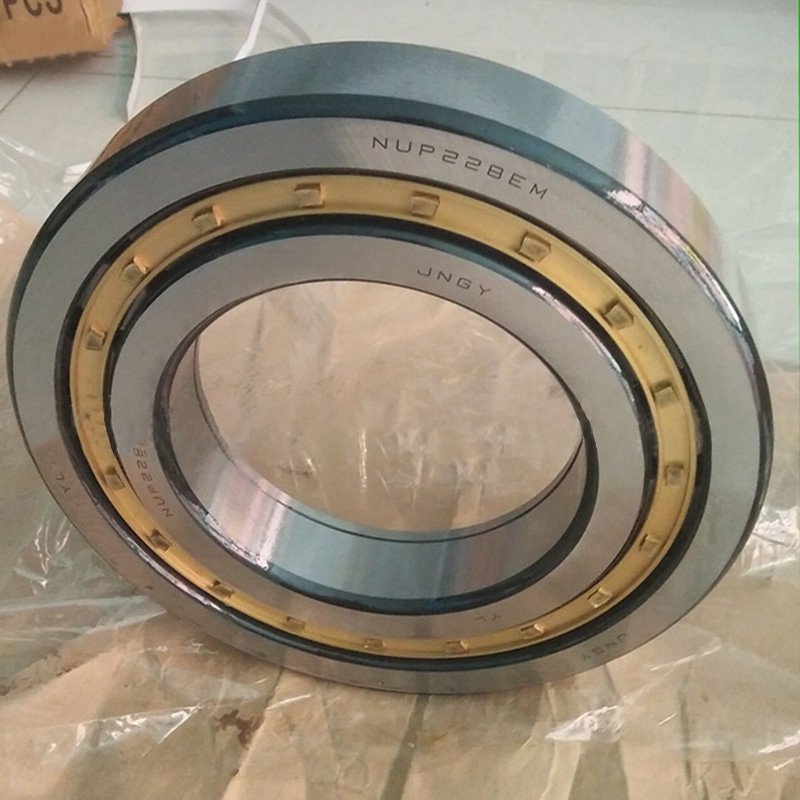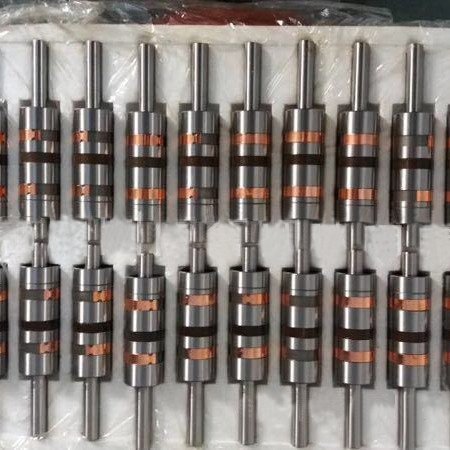As a key component of mechanical equipment, the importance of bearings is self-evident. Due to long-term high-load operation, bearings sometimes make abnormal sounds, which will make people nervous and have to stop for inspection. Some industries even have extremely strict requirements for bearing noise control, such as medical equipment, aviation, household appliances, etc. The bearing manufacturing industry has also been studying how to reduce noise from a technical perspective. As a bearing technical engineer, Maxwell teaches you how to reduce bearing noise.

Bearing noise and vibration test
Reasons for bearing noise
1. The mating surface of the bearing ring is worn, which destroys the fit between the bearing and the housing or shaft, causing the axis to deviate from the correct position, and abnormal noise will be generated during high-speed working and movement.
2. Due to material fatigue, the surface metal peels off, resulting in an increase in the radial clearance of the bearing and abnormal noise.
3. Insufficient or improper lubrication, dry friction of the bearing and bearing breakage, etc., can also cause abnormal noise when the bearing is running.
4. The bearing is worn and loose, and the cage is loose or damaged.
5. Pollutants: If running in a polluted environment, impurities may enter the bearing and be crushed by the rolling element to generate noise
Effective measures to reduce bearing noise
1. Select the Right Bearing
High Precision Bearings: Use bearings with higher manufacturing tolerances (e.g., P4,P2 grades) to minimize imperfections that cause vibration and noise.
Noise-Specific Bearings: Opt for bearings specifically designed for low-noise applications, such as silent-running or precision bearings.
Appropriate Clearance: Choose bearings with internal clearance suitable for your operating conditions (temperature, load, and speed). Insufficient or excessive clearance can increase vibration and noise.
2. Ensure Proper Lubrication
Correct Lubricant Type: Use the right lubricant (grease or oil) based on your bearing’s speed, load, and temperature requirements.
Sufficient Lubricant Quantity: Apply enough lubricant to form a protective film between rolling elements and raceways. Over-lubrication can cause churning noise, while under-lubrication leads to friction noise.
Contamination-Free Lubricants: Ensure that lubricants are clean and free from particles, which can create abrasive noise and damage bearing surfaces.
Regular Lubrication Maintenance: Periodically replenish or replace the lubricant to maintain optimal performance.
3. Optimize Installation
Precision Tools: Use proper mounting tools, such as hydraulic presses or bearing pullers, to avoid damaging the bearing.
Clean Installation Environment: Ensure the shaft and housing are clean and free of burrs, dust, or debris.
Correct Alignment: Misalignment between the shaft and housing creates uneven loads, leading to vibration and noise.
Controlled Fit: Avoid excessive interference fits or loose fits, which can create deformation or slippage that produces noise.
In another article of mine, I explained in detail some misunderstandings about bearing installation and the correct installation method. Please click the link below to read it.
4. Maintain a Clean Operating Environment
Seal or Shield the Bearings: Use seals or shields to prevent contaminants like dust, water, or dirt from entering the bearing.
Dust-Free Environment: Install bearings in a clean workspace and ensure that adjacent components do not introduce contaminants.
Proper Storage: Store bearings in clean, dry conditions and protect them from moisture or corrosive substances.
5. Reduce External Vibrations
Install Vibration Dampers: Use dampers or isolators to minimize vibrations transmitted to the bearing from external sources.
Balance Rotating Components: Imbalances in shafts, rotors, or pulleys can induce vibrations that resonate through the bearing, creating noise.
Support Structures: Ensure the housing or supporting structure is rigid to avoid resonance or amplification of vibrations.
6. Ensure Proper Clearance and Preload
Adequate Clearance: Use bearings with clearance appropriate to operating conditions (temperature, speed, and load). Excessively tight or loose clearances can create friction and vibration.
Controlled Preload: Apply a preload carefully calibrated for your system. Excessive preload increases friction and heat, while insufficient preload may lead to looseness and noise.
7. Perform Regular Maintenance
Routine Inspections: Check bearings for wear, noise, and smoothness during rotation. Early detection of abnormalities can prevent further damage.
Replace Damaged Bearings: If bearings exhibit pitting, wear, or uneven surfaces, replace them promptly to avoid noise issues.
Lubrication Maintenance: Periodically clean and re-lubricate bearings to maintain their effectiveness and minimize wear.
8. Optimize Operating Conditions
Avoid Overloading: Do not exceed the bearing’s load capacity. Overloading can lead to deformation, noise, and shortened life.
Control Operating Speed: Ensure that the bearing operates within its rated speed limits. Exceeding these limits can cause instability and noise.
Monitor Temperature: Excessive heat can cause expansion and lead to increased friction noise. Use cooling systems if necessary to maintain stable operating temperatures.
9. Use Noise-Dampening Materials
Install Insulation: Use noise-absorbing materials or rubber mounts around the bearing housing to dampen noise transmission.
Modify Housing Design: A well-designed housing can minimize resonance and vibrations. Opt for materials and structures that reduce sound amplification.
10. Dynamic Balancing
Balance Rotating Components: Ensure that all rotating elements are balanced to prevent vibrations from being transmitted to the bearing.
Regular Calibration: Check and recalibrate balancing as part of routine maintenance to maintain optimal noise levels.
Conclusion
Bearing noise may be caused by many factors. At the beginning, you should choose a well-known brand or cooperate with a bearing supplier with strong technical strength to reduce bearing noise from aspects such as raw material selection, bearing design, production process, quality control, etc. In addition, large-scale bearing manufacturers have perfect after-sales service. When you encounter bearing problems, they will quickly help you troubleshoot and solve the problems.

